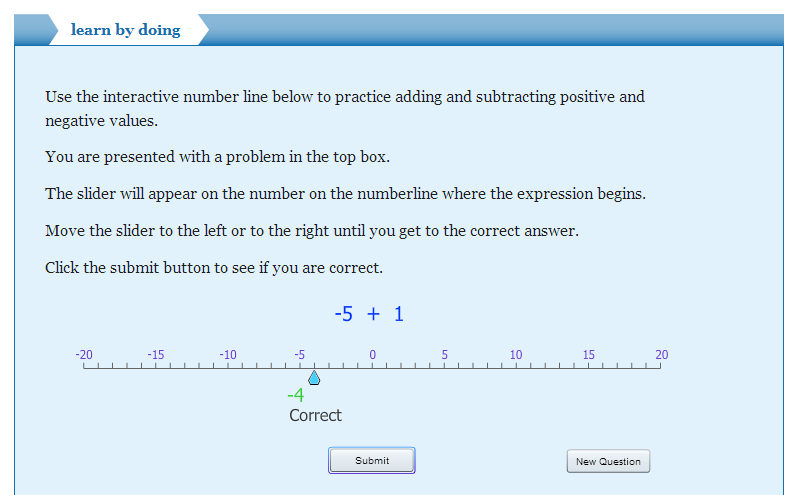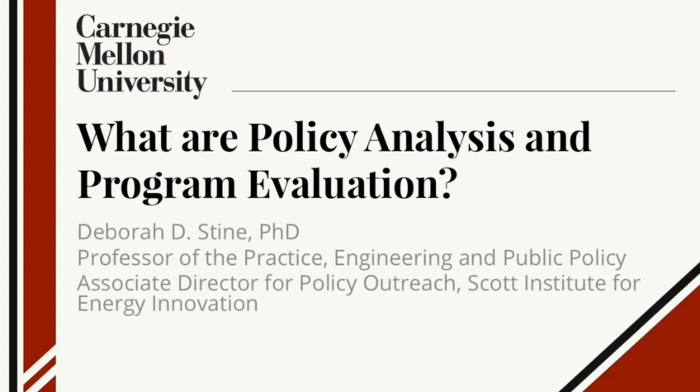This course provides a refresher of a core skill related to STEM careers: Mathematics from arithmetic to beginning algebra. Students will be better prepared for success in post-secondary STEM related technical programs and ultimately in STEM related careers.
Learn about Open & Free OLI courses by visiting the “Open & Free features” tab below.
STEM Readiness — Open & Free
- Description
- What students will learn
- Learning objectives by module
- Course outline
- Other course details
- System requirements
- Open & Free features
Description
The STEM Readiness course provides a refresher of core skills related to STEM careers. The Open + Free course covers the core skill of Mathematics from arithmetic to beginning algebra. The topics of the course are presented through workplace scenarios to show learners how these skills apply to their potential careers. In reviewing these core skills students will be better prepared to be successful in post-secondary STEM related technical programs and ultimately in STEM related careers.
Topics Covered:
- Mathematics
- Beginning and Intermediate Arithmetic
- Measuring Systems
- Data Analysis
- Beginning Algebra
What students will learn
Topics Covered:
- Mathematics
- Beginning and Intermediate Arithmetic
- Measuring Systems
- Data Analysis
- Beginning Algebra
Learning objectives by module
Unit 2: Mathematics
- Module 2: Arithmetic Part I
- Apply arithmetic operations to problems involving negative values.
- Apply arithmetic operators to problems involving whole numbers and decimals.
- Apply critical thinking skills to larger, real-life situations and evaluate the outcomes.
- Define and recognize digits, place value, whole numbers, decimal points, and decimals.
- Identify which arithmetic operator to use in a given situation.
- Module 3: Arithmetic Part II
- Add and subtract like fractions.
- Add and subtract unlike fractions.
- Apply critical thinking skills to larger, real-life situations and evaluate the outcomes.
- Convert among fractions, decimals and percents.
- Convert given scenarios into algebraic expressions and equations.
- Explain what variables represent in an equation.
- Identify fractions as they relate to a given scenario.
- Multiply and divide fractions.
- Reduce a fraction to its simplest form.
- Round numbers to a specific place value.
- Module 4: Measuring Systems
- Apply critical thinking skills to larger, real-life situations and evaluate the outcomes.
- Calculate the area and perimeter of rectangles and squares.
- Calculate the circumference of circles.
- Calculate the perimeter of polygons.
- Calculate the volume of rectangular prisms.
- Convert between English standard units to metric units.
- Convert between English standard units.
- Convert between metric units.
- Identify common measuring tools for each measurement.
- Identify common units used for measurements.
- Identify significant digits in a value.
- Recognize various types of measurements (distance, time, temperature and weight).
- Module 5: Algebraic Laws
- Apply the distributive property to simplify or expand expressions.
- Calculate the volume of a cylinder.
- Calculate the volume of a sphere.
- Expand and multiply exponents.
- Express values using scientific notation.
- Simplify algebraic expressions by adding and subtracting common terms.
- Simplify expressions using the order of operations.
- Substitute known values into an equation and solve.
- Module 6: Quantifying Data
- Apply critical thinking skills to larger, real-life situations and evaluate the outcomes.
- Apply the steps for creating a line graph.
- Define mean, median and mode.
- Determine the mean of a data set.
- Determine the median and mode of a data set, given a data table.
- Identify types of charts, graphs and diagrams that are appropriate to use based on a given situation.
- Read and interpret charts, graphs and diagrams.
- Recognize different types of graphs and diagrams.
- Module 7: Beginning Algebra
- Rearrange an equation containing addition and subtraction to isolate a variable in one step.
- Rearrange an equation containing multiplication and division to isolate a variable in one step.
- Solve equations using the cross-product.
- Substitute known values into an equation and solve.
Course outline
UNIT 1: Introduction
Module 1: Introduction
UNIT 2: Mathematics
Module 2: Arithmetic Part I
Module 3: Arithmetic Part II
Module 4: Measuring Systems
Module 5: Algebraic Laws
Module 6: Quantifying Data
Module 7: Beginning Algebra
Other course details
System requirements
OLI system requirements, regardless of course:
- internet access
- an operating system that supports the latest browser update
- the latest browser update (Chrome recommended; Firefox, Safari supported; Edge and Internet Explorer are supported but not recommended)
- pop-ups enabled
- cookies enabled
Some courses include exercises with exceptions to these requirements, such as technology that cannot be used on mobile devices.
This course’s system requirements:
- none listed (subject to change)
Open & Free features
Open & Free Courses
- Open & Free OLI courses enable independent learners to study a subject on their own terms, at their leisure. Courses are:
- Self-guided.
- Self-paced.
- Self-supported.
- Open & Free courses include only the learning materials:
- No teacher.
- No tests.
- No college credit.
- No certificate of completion.
- *If your teacher gave you a Course Key, do not use an Open & Free course because your teacher will never see your work.






